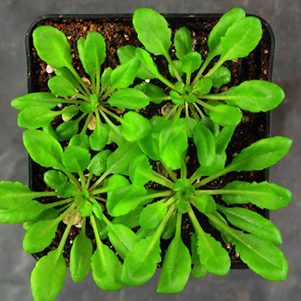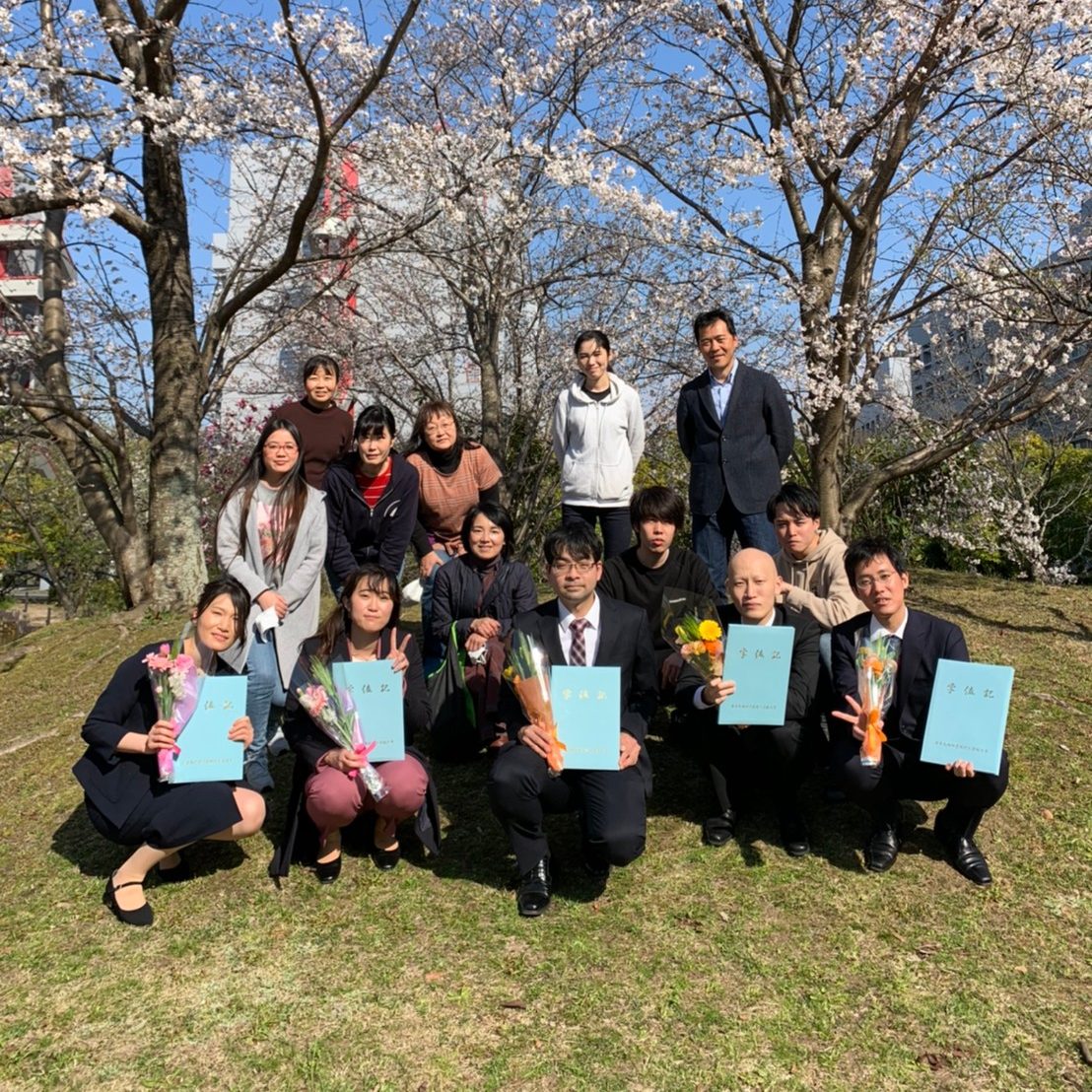
Laboratory of Plant Immunity
Welcome to the Saijo Lab
In nature, plants cope with a wide range of microorganisms that reside on the surface of and/or within the plant tissues, in a fluctuating environment. Around ten million unicellular organisms live on every square centimeter of a “healthy” leaf surface, without discernible disease symptoms or activation of defense mechanisms. Likewise, soil-borne microbes colonize “healthy” roots, and thereby influence plant nutrition and growth. The existence of such plant-inhabiting endophytes is puzzling given that plants have elaborate immune systems that detect and repel such infectious microbes.
Plant immunity relies largely on two classes of innate immune receptors. One class, the pattern recognition receptors (PRRs), detect molecular structures typical of a microbial class, called microbe-associated molecular patterns (MAMPs), or danger signals associated with cellular damage or aberrations, called damage-associated molecular patterns (DAMPs). Pattern recognition is central to pattern-triggered immunity (PTI), a heightened state of cellular immunity that restricts or terminates microbial infection. The second receptor class is defined by resistance (R) proteins, the majority of which act as intracellular receptors to detect the structures or actions of effectors, i.e., agents injected by infectious microbes to manipulate host cellular processes and promote virulence. Immune recognition of effectors leads to effector-triggered immunity (ETI), whose effects are typically much more dramatic than PTI.How do plants distinguish between pathogens and non-pathogens? A unique feature of pathogen infection involves aberration or disintegration of host cellular states. Therefore, we hypothesize that plant immunity serves as a sensory system for such “danger” signals over the background of microbial-derived signals. This could explain how plants can use a limited number of immune receptors to deal with the enormous diversity of ever-evolving microorganisms. This model also predicts that co-detection of MAMPs and DAMPs represents a unique signature of pathogen infection, and thus provides a potent trigger for immune activation. Consistent with this view, we have shown in the model plant Arabidopsis thaliana that DAMP signaling reinforces MAMP signaling, and thereby strengthens plant immunity.
Our research goal is to better understand the molecular mechanisms by which plants engage in beneficial interactions with a certain endophytic microbe(s) while mounting effective immune responses to pathogens. To this end, we integrate different approaches, including molecular genetics, cell biology, protein biochemistry and genomics. We believe that our studies will yield important insight into both plant immunity and microbial infection strategies, and also facilitate the development of new technologies for improving sustainability of disease resistance and crop production in different agricultural settings





